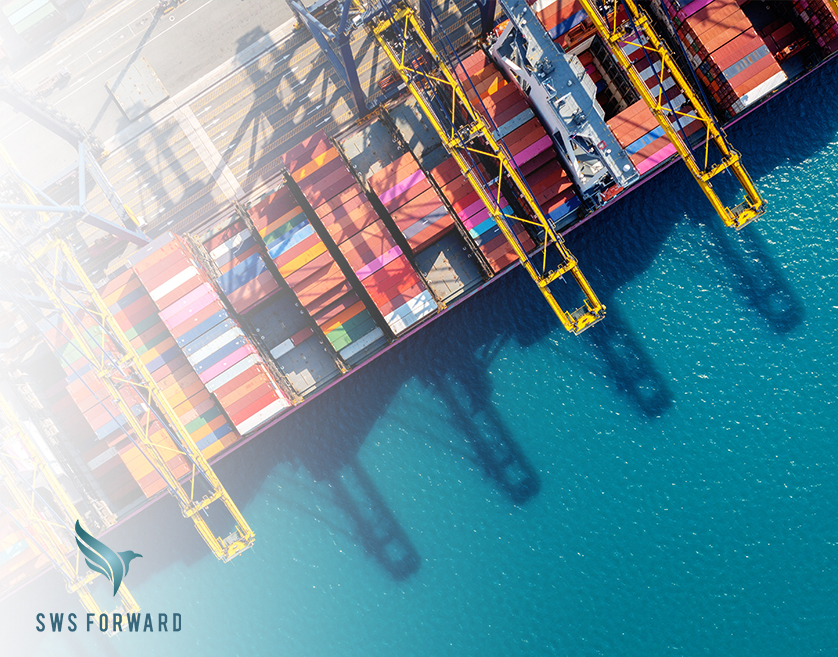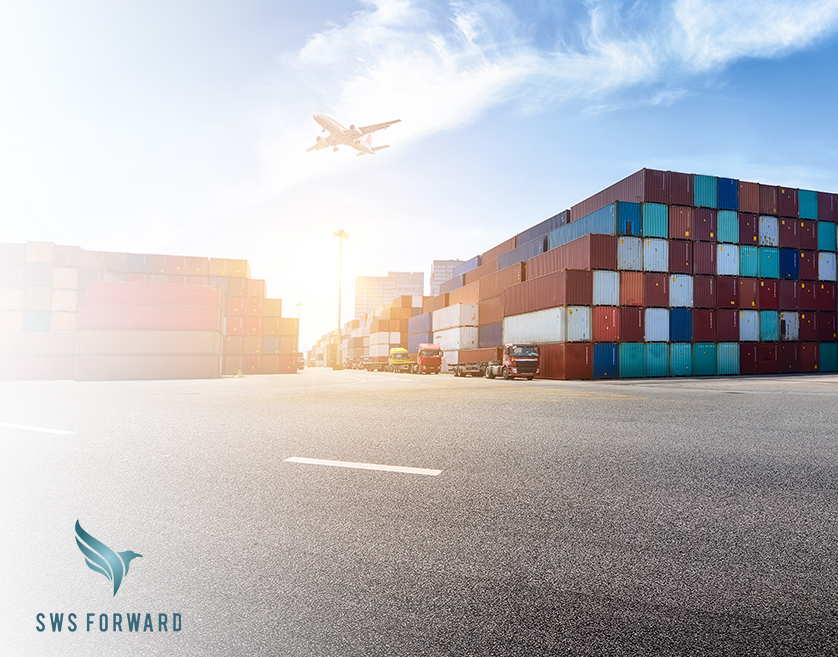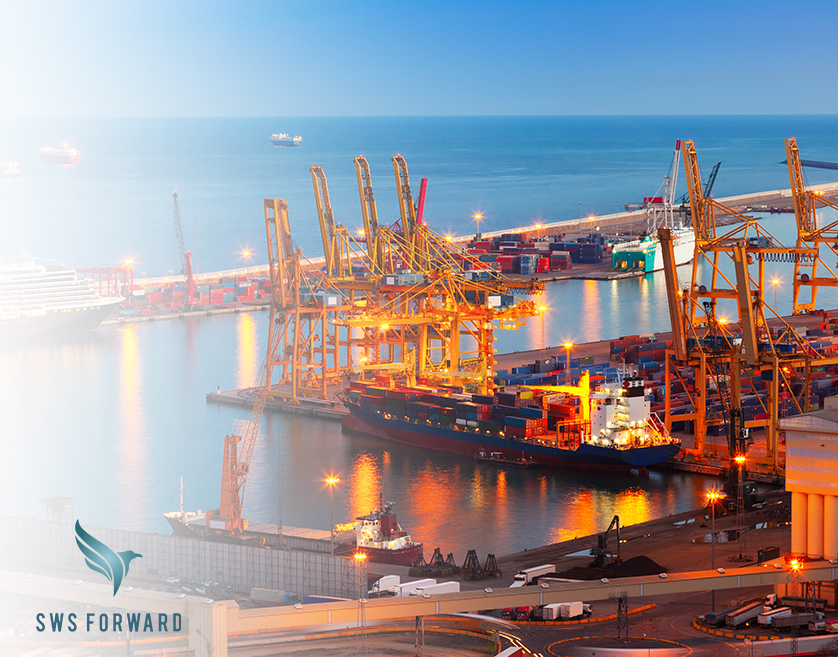7 Things To Know About Sea Freight Services

Introduction
Sea freight services play a crucial role in the global transportation industry, facilitating the movement of goods across oceans efficiently and cost-effectively. Understanding the intricacies of sea freight services is essential for businesses involved in international trade. In this article, we’ll delve into seven key aspects of sea freight services to help you gain a comprehensive understanding of this vital component of logistics.
1. Cost-Effectiveness
When it comes to transporting goods internationally, cost-effectiveness is a paramount consideration. Sea freight services offer competitive pricing structures compared to other modes of transportation, making them an attractive option for businesses looking to minimize shipping expenses.
Competitive Pricing Structures
Overseas freight rates are often more economical than air freight or land transportation, especially for bulky or heavy cargo. By leveraging economies of scale and efficient routing, sea freight providers can offer cost-effective solutions for various shipping needs.
Factors Influencing Costs
Several factors influence the cost of sea freight services, including container size, distance, route, and additional services required.
- Container Size: The size and type of container used for shipping significantly impact freight costs. Larger containers can accommodate more cargo, leading to lower per-unit shipping costs.
- Distance and Route: The distance traveled and the chosen shipping route directly affect freight rates. Longer distances and complex routes may incur higher costs due to increased fuel consumption and operational expenses.
- Additional Services: Optional services such as insurance, customs clearance, and warehousing can add to the overall cost of sea freight shipments. However, these services can also enhance efficiency and mitigate risks, making them worthwhile investments for certain shipments.
2. Transit Time
Understanding transit times is crucial for businesses to plan their supply chains effectively and meet customer demands.
Understanding Transit Times
Sea freight transit times vary depending on factors such as the distance between ports, vessel speed, and potential delays due to weather or port congestion. While sea freight generally takes longer than air freight, it offers a balance between cost and transit time for many shipments.
Factors Affecting Transit Time
Several factors can influence the transit time of sea freight shipments, including the origin and destination ports, weather conditions, and carrier efficiency.
- Origin and Destination: The distance between the origin and destination ports plays a significant role in determining transit times. Shipping routes with fewer stops and shorter distances typically result in faster delivery times.
- Weather Conditions: Adverse weather conditions, such as storms or rough seas, can cause delays in sea freight shipments. Carriers may need to alter routes or wait for conditions to improve, leading to extended transit times.
- Carrier Efficiency: The efficiency of the shipping line and terminal operations can impact transit times. Well-managed logistics networks and reliable carriers can minimize delays and ensure timely deliveries.
3. Reliability and Safety of Sea Freight Services
Reliability and safety are paramount considerations when choosing sea freight services to transport valuable cargo across oceans.
Safety Measures in Sea Freight
Sea freight providers adhere to stringent safety standards to protect cargo from damage or loss during transit. These measures include proper stowage and securing of cargo, regular vessel maintenance, and adherence to international maritime regulations.
Industry Regulations and Compliance
Compliance with industry regulations and international trade laws is essential for ensuring the safety and legality of sea freight shipments. Sea freight providers must adhere to regulations regarding cargo handling, documentation, and environmental protection to maintain their operating licenses and uphold their reputation as reliable service providers.
4. Flexibility and Scalability
Sea freight services offer flexibility and scalability to accommodate diverse shipping needs and changing business requirements.
Options for Cargo Types
Sea freight can accommodate various types of cargo, including dry goods, perishables, hazardous materials, and oversized or irregularly shaped items. Specialized containers and handling equipment enable sea freight providers to transport a wide range of goods safely and efficiently.
Customization and Tailored Solutions
Sea freight services can be customized to meet specific shipping requirements, such as expedited delivery, temperature-controlled transportation, or door-to-door service. By offering tailored solutions, sea freight providers can address the unique needs of their customers and optimize supply chain efficiency.
5. Environmental Impact of Sea Freight Services
Environmental sustainability is an increasingly important consideration in the logistics industry, including sea freight services.
Sustainable Practices in Sea Freight
Sea freight providers are implementing sustainable practices to reduce their environmental impact, such as investing in fuel-efficient vessels, optimizing shipping routes to minimize emissions, and using eco-friendly packaging materials.
Carbon Emission Reduction Initiatives
Efforts to reduce carbon emissions in the maritime sector include the adoption of alternative fuels, the development of emission-reducing technologies, and participation in carbon offset programs. By prioritizing sustainability, sea freight providers can contribute to global efforts to combat climate change while meeting the evolving needs of environmentally conscious customers.
6. Documentation and Compliance
Navigating the complexities of documentation and compliance is essential for ensuring smooth sea freight operations and avoiding delays or penalties.
Necessary Paperwork for Sea Freight
Sea freight shipments require various documents to facilitate customs clearance and regulatory compliance, including bills of lading, commercial invoices, packing lists, and certificates of origin. Accurate and complete documentation is crucial for expediting cargo clearance and minimizing the risk of delays or fines.
Compliance with International Trade Laws
Sea freight providers must comply with a myriad of international trade laws and regulations governing customs, security, and trade sanctions. By staying abreast of changing regulations and maintaining robust compliance procedures, sea freight providers can ensure the legality and integrity of their operations while safeguarding their customers’ interests.
7. Tracking and Visibility
Real-time tracking and visibility capabilities empower businesses to monitor their sea freight shipments closely and proactively manage their supply chains.
Importance of Real-time Tracking
Real-time tracking enables shippers to monitor the status and location of their cargo throughout the shipping process, providing visibility into transit times, estimated arrival dates, and potential delays. By leveraging tracking data, businesses can optimize inventory management, mitigate risks, and enhance customer service.
Technology Integration for Enhanced Visibility
Advancements in technology, such as GPS tracking, RFID tagging, and cloud-based logistics platforms, have revolutionized sea freight tracking and visibility. By integrating these technologies into their operations, sea freight providers can offer enhanced visibility and transparency to their customers, fostering trust and loyalty.
Conclusion
Sea freight services offer cost-effective, reliable, and environmentally sustainable solutions for transporting goods across oceans. By understanding the key aspects discussed in this article, businesses can make informed decisions when selecting sea freight providers and optimizing their international supply chains. Whether it’s navigating complex documentation requirements, ensuring compliance with safety regulations, or leveraging technology for enhanced visibility, being well-informed about sea freight services is essential for success in today’s global marketplace.
Contact SWS Forward today to learn more about our expert service offering.



